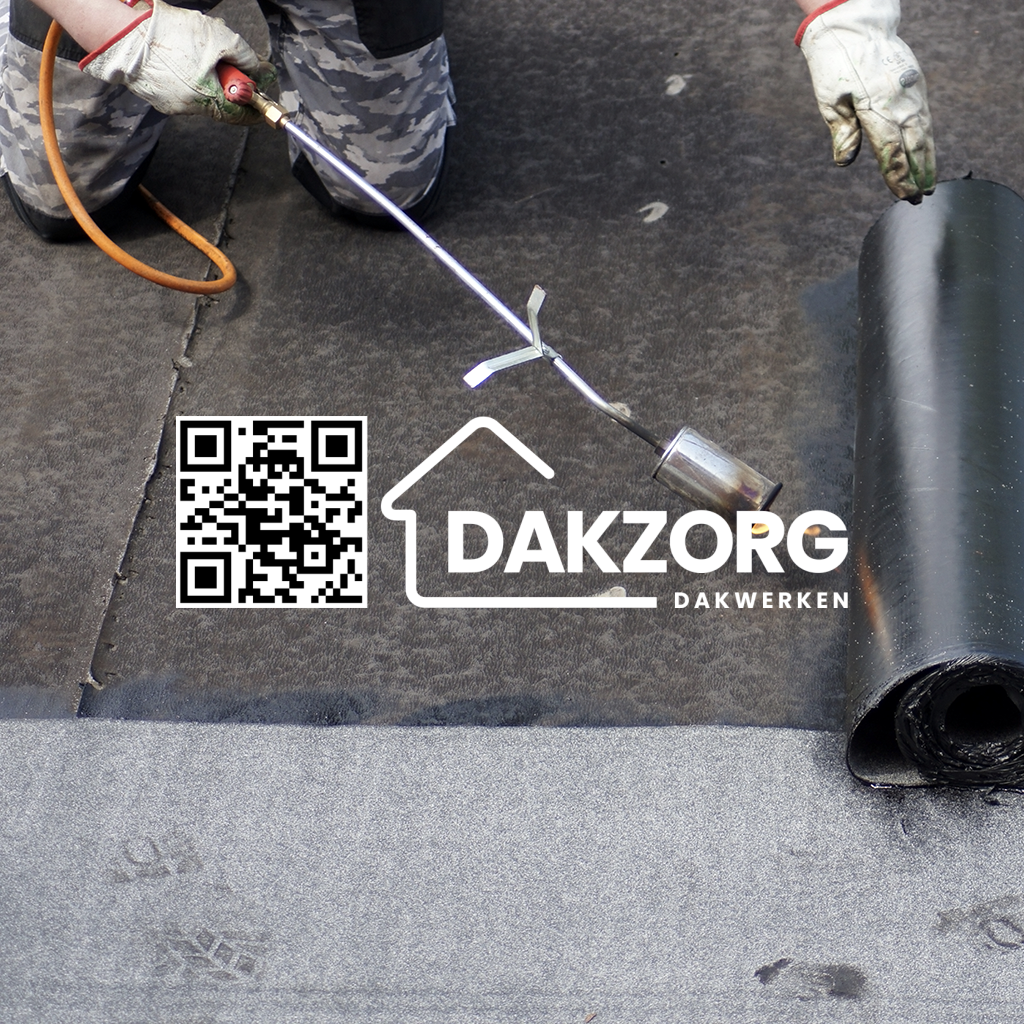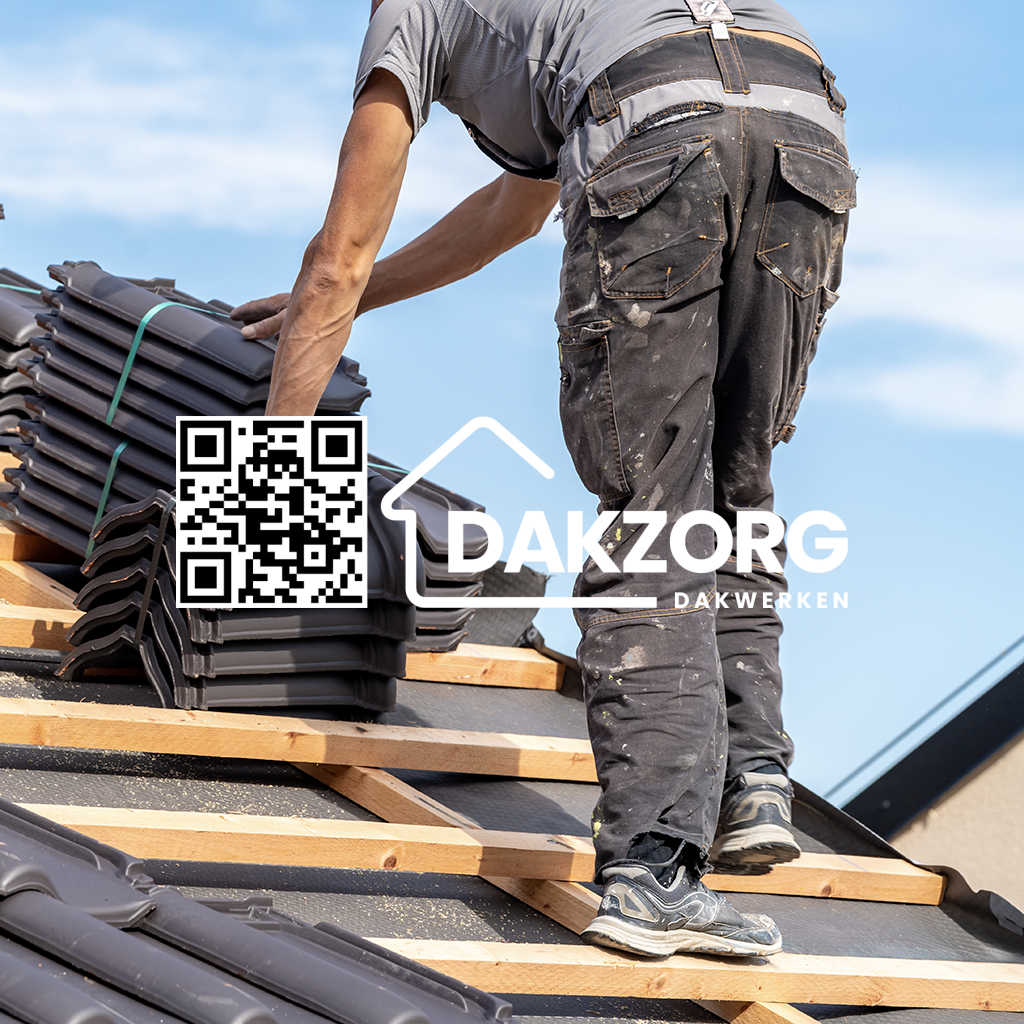Introduction
When it comes to roofing, especially in regions like the Netherlands where weather conditions can vary dramatically, there's a crucial element that often gets overlooked: ventilation systems. These systems are not just afterthoughts; they are essential components that significantly impact the longevity and efficiency of roofs. In this article, we will delve deep into The Significance of Ventilation Systems in Dutch Roofing, exploring their roles, benefits, and the various types available.
The Significance of Ventilation Systems in Dutch Roofing
Ventilation systems play a pivotal role in maintaining a healthy indoor environment and extending the life of the roof itself. But why is this so important? Well, proper ventilation helps regulate temperature and moisture levels within your home or building, preventing issues such as mold growth, wood rot, and even structural damage.
Understanding Roof Ventilation
What Is Roof Ventilation?
Roof ventilation refers to the process of allowing air to circulate through the attic space and roofing structure. This circulation helps to remove excess heat and moisture that can accumulate during different seasons.
How Does Roof Ventilation Work?
The basic principle behind roof ventilation involves two key components: intake vents (usually located at eaves or soffits) and exhaust vents (usually positioned at or near the ridge). The hot air rises and escapes through the exhaust vents while cooler air enters through the intake vents.
Types of Roof Ventilation Systems
Passive Ventilation Systems
Passive ventilation relies solely on natural forces—such as wind and thermal buoyancy—to facilitate airflow. Common types include:
- Gable Vents: Installed at gable ends to promote cross-ventilation. Soffit Vents: Placed under eaves to allow fresh air into the attic. Ridge Vents: Located along the peak of a roof for effective hot air release.
Active Ventilation Systems
Active systems involve mechanical devices like fans to enhance airflow. Examples include:

- Power Vents: Electric fans that actively push hot air out. Solar-Powered Vents: Environmentally friendly options powered by solar energy.
Benefits of Adequate Roof Ventilation
Preventing Mold Growth
One of the most significant benefits of proper ventilation is its ability to prevent mold growth. High humidity levels can lead to condensation in poorly ventilated areas, creating ideal conditions for mold spores.
Enhancing Energy Efficiency
Properly ventilated roofs can contribute to lower energy bills by reducing reliance on heating and cooling systems. A well-balanced temperature inside your home means your HVAC system doesn't have to work overtime.
The Impact of Climate on Roof Ventilation Needs
Unique Weather Challenges in the Netherlands
Given the varying climate conditions across regions in the Netherlands—from damp winters to warm summers—it’s essential for homeowners to understand how these factors influence their roofing needs.
Seasonal Variations: Preparing for Each Season
In winter, roofs are susceptible to ice dam formation if heat from below causes melting snow above. Conversely, summer can bring excessive heat buildup without adequate ventilation.
Building Codes and Regulations
Understanding Local Building Codes
It's crucial for homeowners in Holland to familiarize themselves with local building codes regarding roofing and ventilation requirements. Compliance ensures safety as well as optimal performance.
Importance of Professional Installation
Having a professional assess your home's specific needs guarantees that your ventilation system adheres to regulations while maximizing efficiency.
Common Myths About Roof Ventilation
"More Vents Are Always Better"
While it may seem logical that more vents equate better airflow, too many can actually disrupt airflow patterns leading to inefficiencies.
"Attic Insulation Eliminates Need for Ventilation"
While insulation is crucial for energy efficiency, it cannot replace proper ventilation; both work together harmoniously for optimal performance.
Signs You Need Better Roof Ventilation
Excessive Heat Accumulation Visible Mold or Mildew Ice Dams Forming During Winter Increased Energy Costs Condensation on Windows or Walls Unusual Odors in Attic SpacesDIY vs Professional Installation: What’s Best?
Deciding whether you should tackle roof ventilation installation yourself or hire professionals can be daunting. Here’s a quick breakdown:
| Aspect | DIY | Professional Installation | |--------------------------|-----------------------------|----------------------------| | Cost | Generally lower | Higher upfront investment | | Expertise | Basic knowledge required | Trained specialists | | Time | Could take longer | Efficient project timeline | | Warranty & Guarantees | Limited | Often includes warranties |
Cost Considerations for Installing Ventilation Systems
Investing in roof ventilation systems may seem daunting financially but consider it an investment rather than an expense! Let’s break down some key cost factors:
- Size & Complexity: Larger homes require more extensive systems. Type: Passive systems generally cost less than active ones. Labor Costs: Hiring professionals will add labor costs but ensure quality work.
Maintaining Your Roof's Ventilation System
Regular maintenance checks will prolong lifespan:

FAQ Section
What is roof ventilation?
Roof ventilation allows air circulation through attics or roofs, helping regulate temperature and moisture levels.
Why is roof ventilation important?
It prevents mold growth, reduces energy costs, prolongs roof life by preventing damage caused by moisture accumulation.
How do I know if my roof has adequate ventilation?
Signs include excessive heat accumulation or visible mold; also check if intake/exhaust vents are blocked or inadequate.
Can I install a roof vent myself?
Yes, but it's recommended to consult with professionals who understand local codes and best practices for optimal installation.
How often should I check my roof's ventilation system?
At least twice a year—ideally before winter and summer seasons—to ensure everything is functioning efficiently.
What happens if my roof isn't ventilated properly?
Poorly ventilated roofs lead to problems like condensation buildup which causes mold growth or increases energy costs due to ineffective cooling/heating efforts.
Conclusion
In conclusion, understanding The Significance of Ventilation Systems in Dutch Roofing is crucial for every homeowner looking to maintain their property effectively while ensuring comfort year-round! Investing time into selecting appropriate solutions tailored specifically towards regional climates pays dividends down the line—keeping homes safe from damage due moisture build-up while enhancing overall comfort! Remember: Proper education leads not only towards informed decisions but ultimately results in happier living spaces!

This comprehensive guide aims not only at demystifying complexities surrounding rooftop structures but also empowering individuals with knowledge necessary roofing when tackling issues concerning their very own homes! Whether you're considering new installations or simply evaluating existing setups; always keep airflow principles roofing practices podcast top-of-mind—it makes all difference!